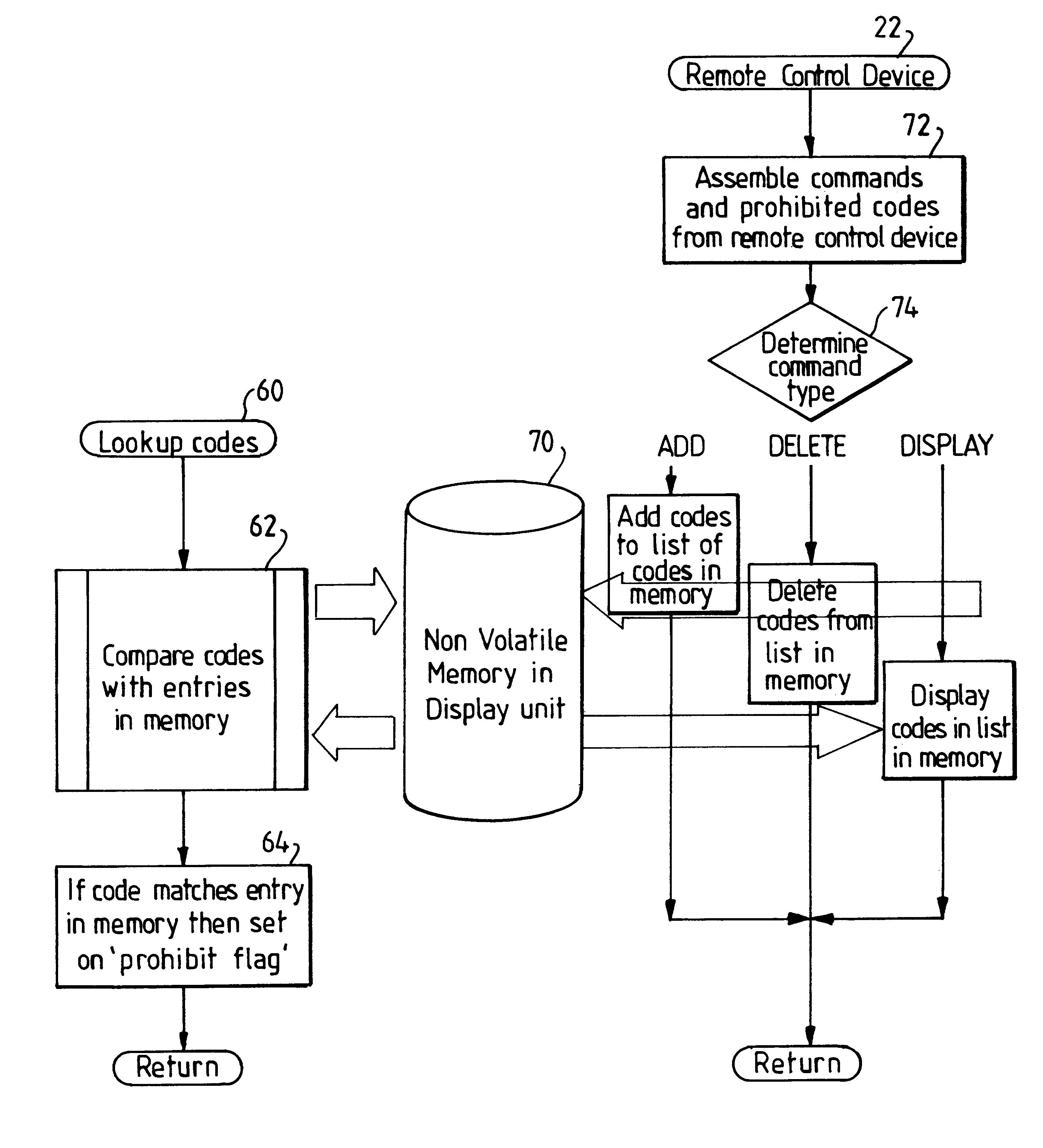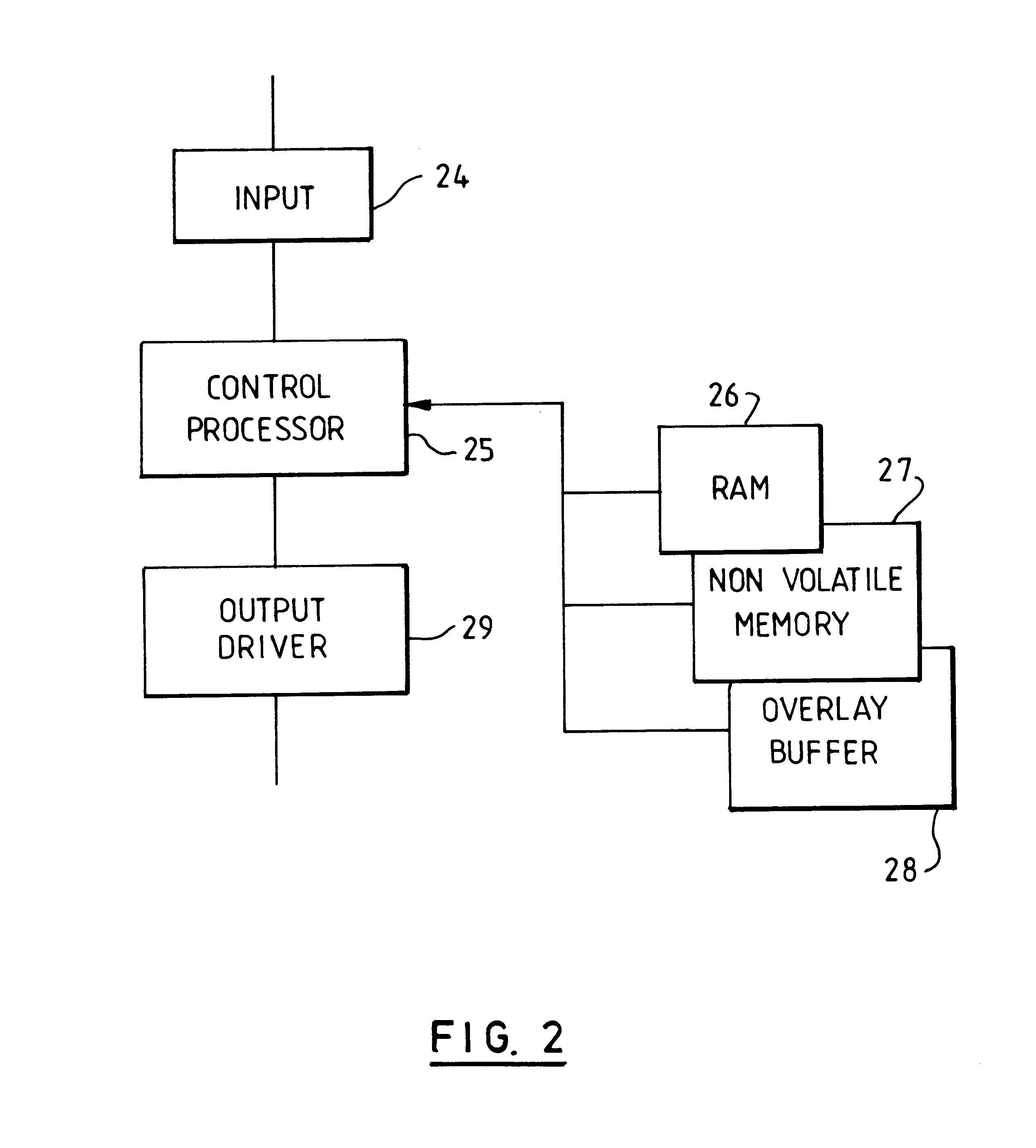Controlling video or image presentation according to encoded content classification information within the video or image data
a technology of encoded content and applied in the field of controlling video or image presentation according to encoded content classification information within the video or image data, can solve the problems of insufficient resolution, affecting the effect of blocking technology, and tagging data is somewhat more difficult to detect and remove than identification information, etc., and achieves the effect of difficult removal or tampering
- Summary
- Abstract
- Description
- Claims
- Application Information
AI Technical Summary
Benefits of technology
Problems solved by technology
Method used
Image
Examples
Embodiment Construction
A video transmission and display system in which the present invention is implemented will now be described with reference to FIG. 1, which is a block diagram showing the major system components. A video signal is provided by a program signal source 2 which, in the present example embodiment, is the signal generation equipment of a television station. In alternative embodiments the signal source may be a video camera or any video or image recording device. The video signal is processed at an encoder 4 which embeds invisibly within images of the video signal a digital watermark using an encoder algorithm retrieved from the encoder's non-volatile memory 5, the watermark representing a classification of the video content. This encoding is advantageously performed by a video program provider prior to transmission or other distribution of their video material.
Each still image of which the video program is comprised has the watermark embedded within it. In the preferred embodiment of the ...
PUM
 Login to View More
Login to View More Abstract
Description
Claims
Application Information
 Login to View More
Login to View More - R&D
- Intellectual Property
- Life Sciences
- Materials
- Tech Scout
- Unparalleled Data Quality
- Higher Quality Content
- 60% Fewer Hallucinations
Browse by: Latest US Patents, China's latest patents, Technical Efficacy Thesaurus, Application Domain, Technology Topic, Popular Technical Reports.
© 2025 PatSnap. All rights reserved.Legal|Privacy policy|Modern Slavery Act Transparency Statement|Sitemap|About US| Contact US: help@patsnap.com



